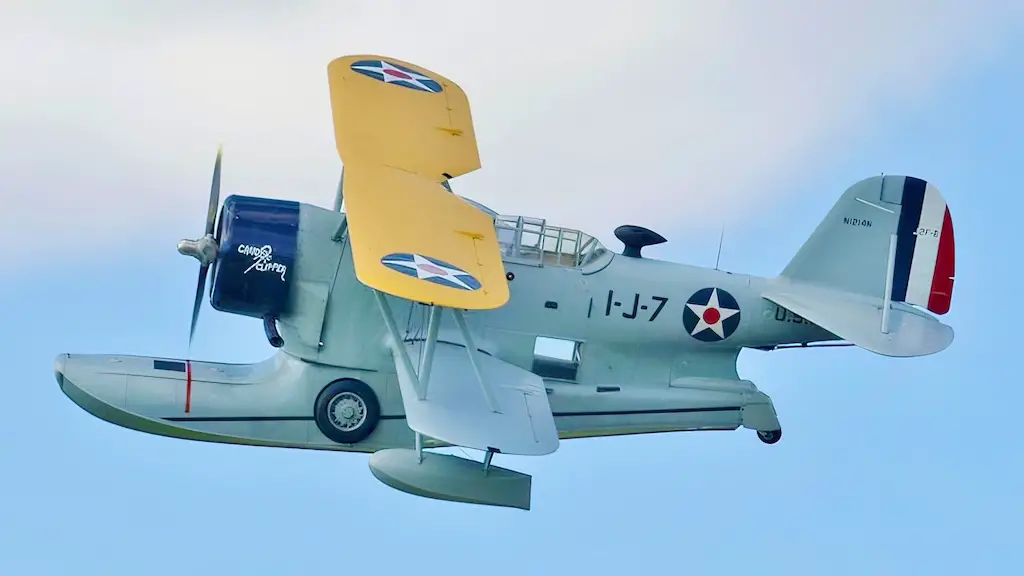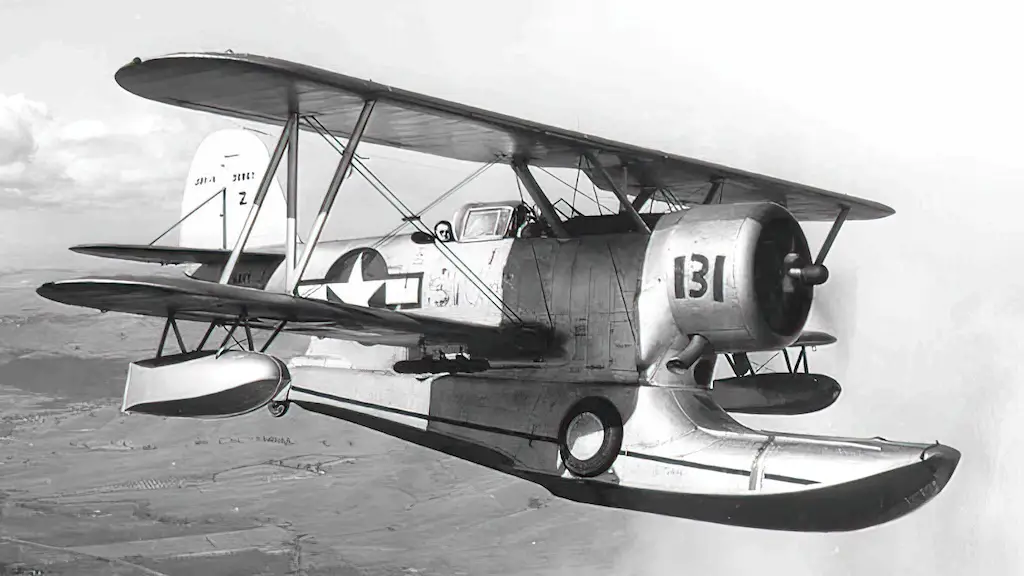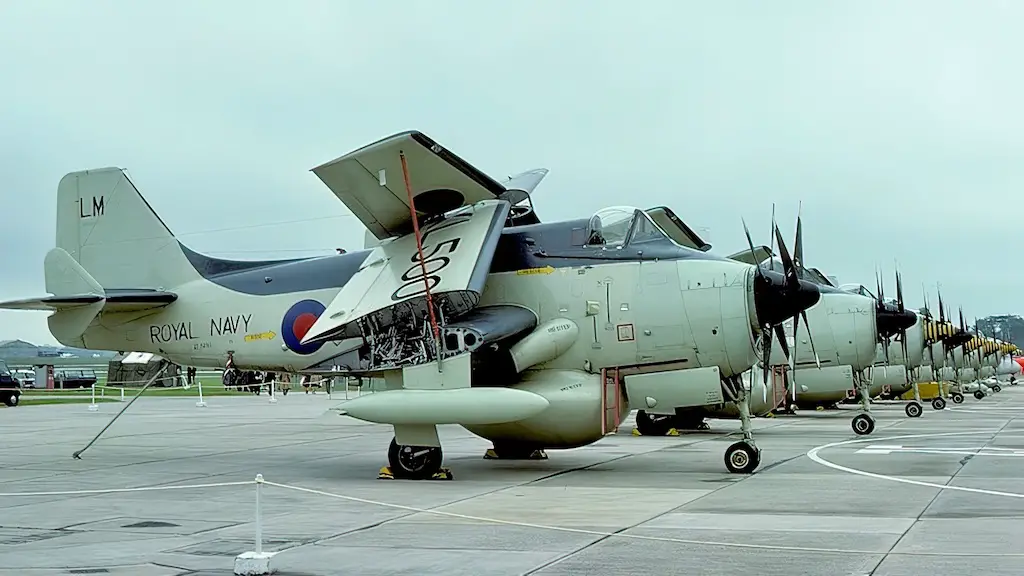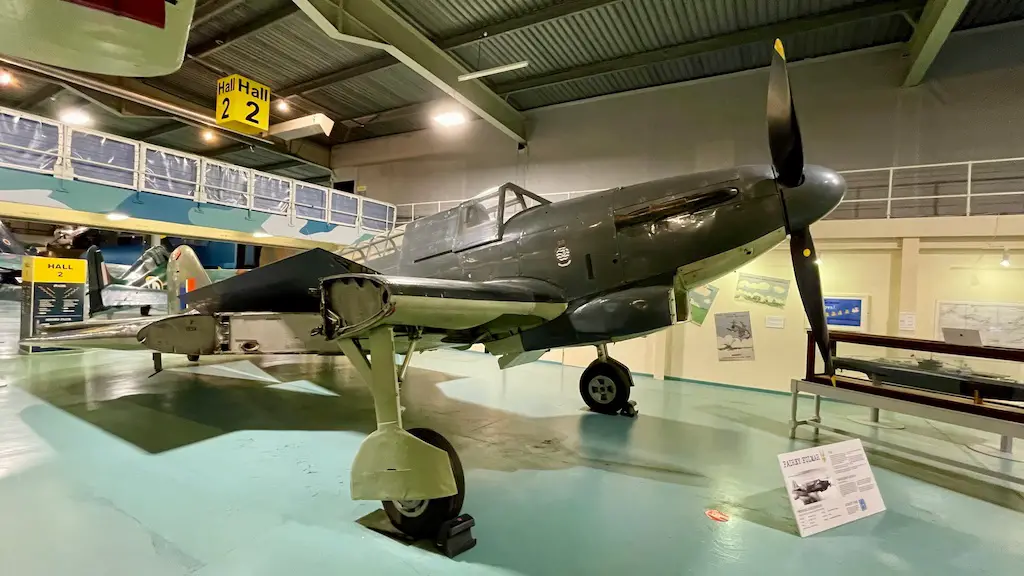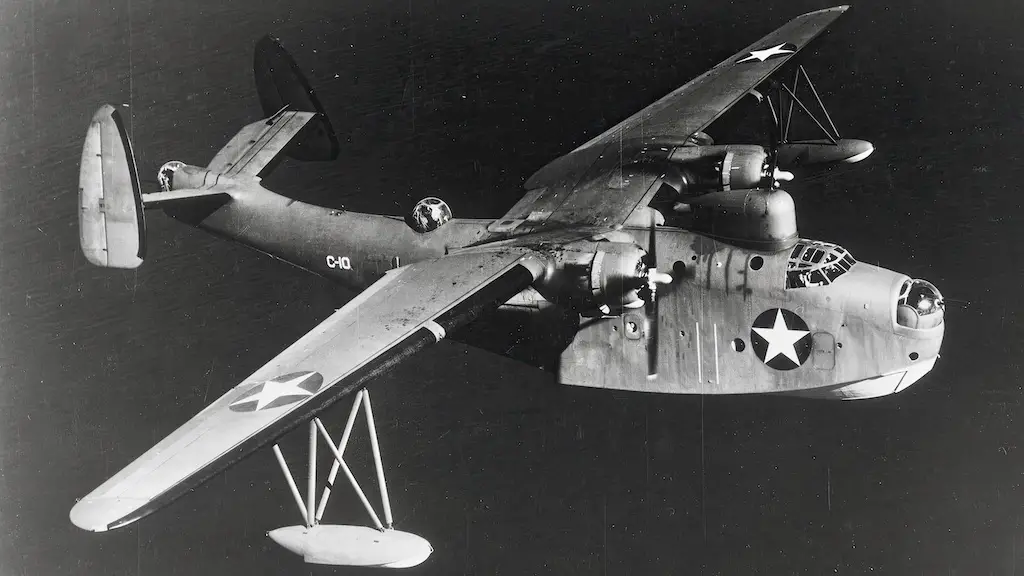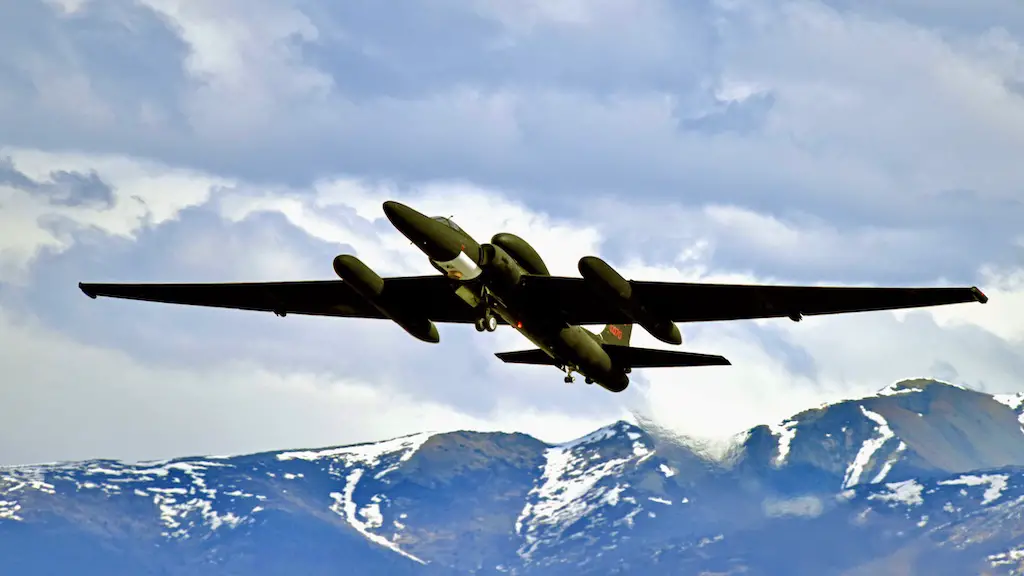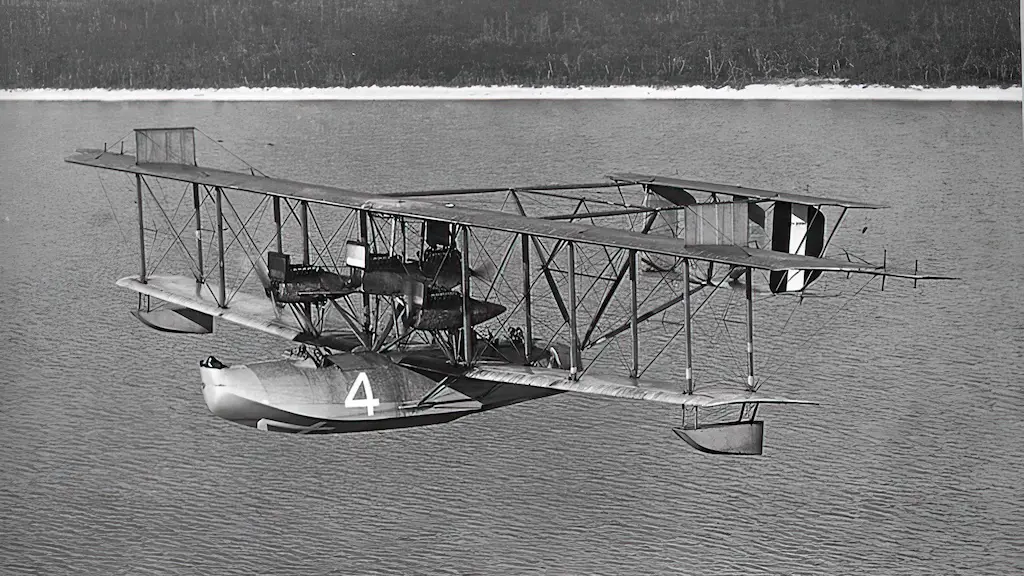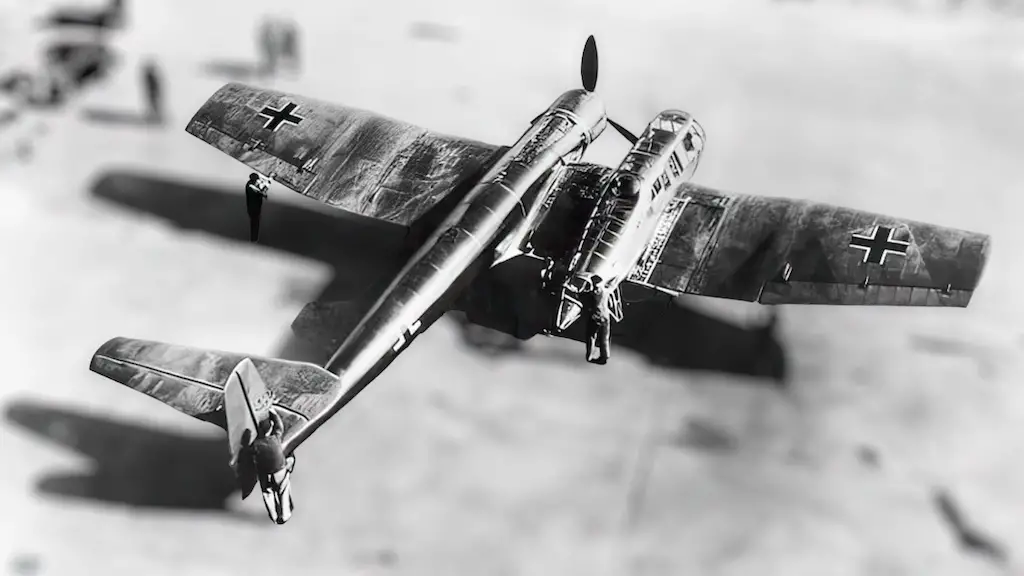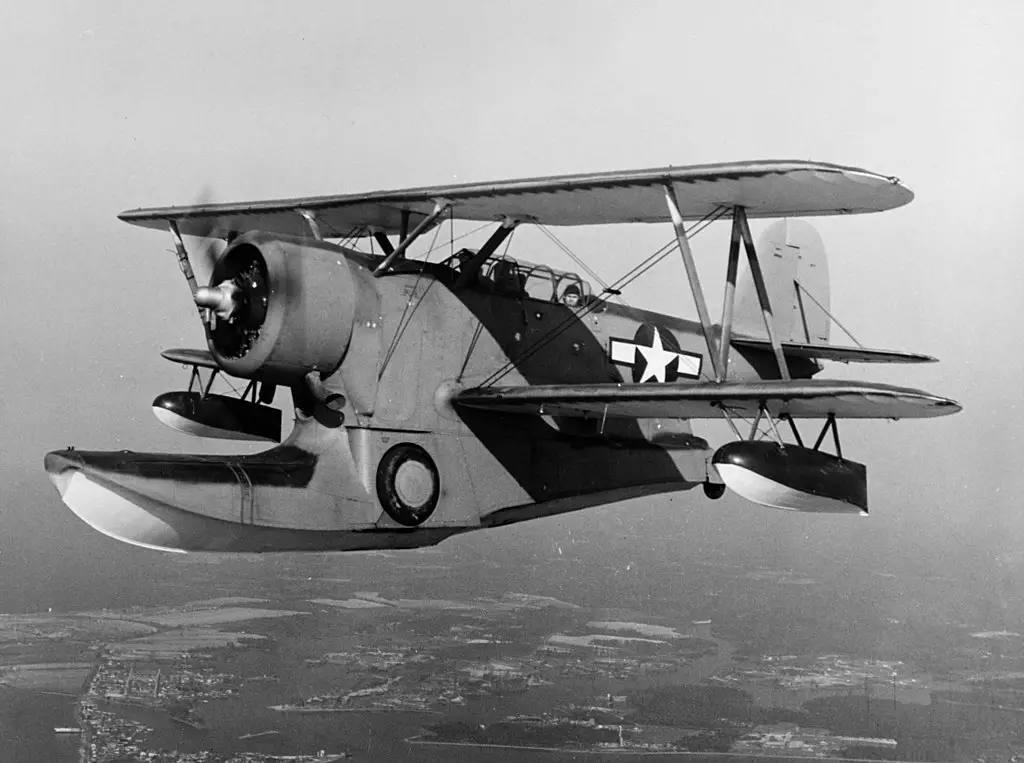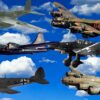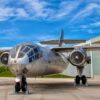The Duck’s Noble Mission
Not all warplanes are sleek, elegant, or equipped with the formidable arsenal that characterizes the powerful killing machines of battle. Some wear an odd, almost ungainly appearance, bearing no cannons or missiles. Yet, their importance in warfare cannot be understated. Among these unlikely heroes is the Grumman J2F Duck, an amphibious aircraft that has played a role no less significant than its more aggressive and glamorous fighter siblings.
In the theater of war, where aggression and might often take center stage, it is easy to overlook the subtle grace and vital contribution of these unsung heroes. The J2F Duck, with its peculiar design, served not to take lives but to save them. Its story is one of innovation, resilience, and a steadfast commitment to humanity amidst the chaos of conflict. Let us explore the tale of the Duck, an aircraft that proves that true strength sometimes lies not in the roar of guns but in the gentle hum of a rescue craft’s engine.
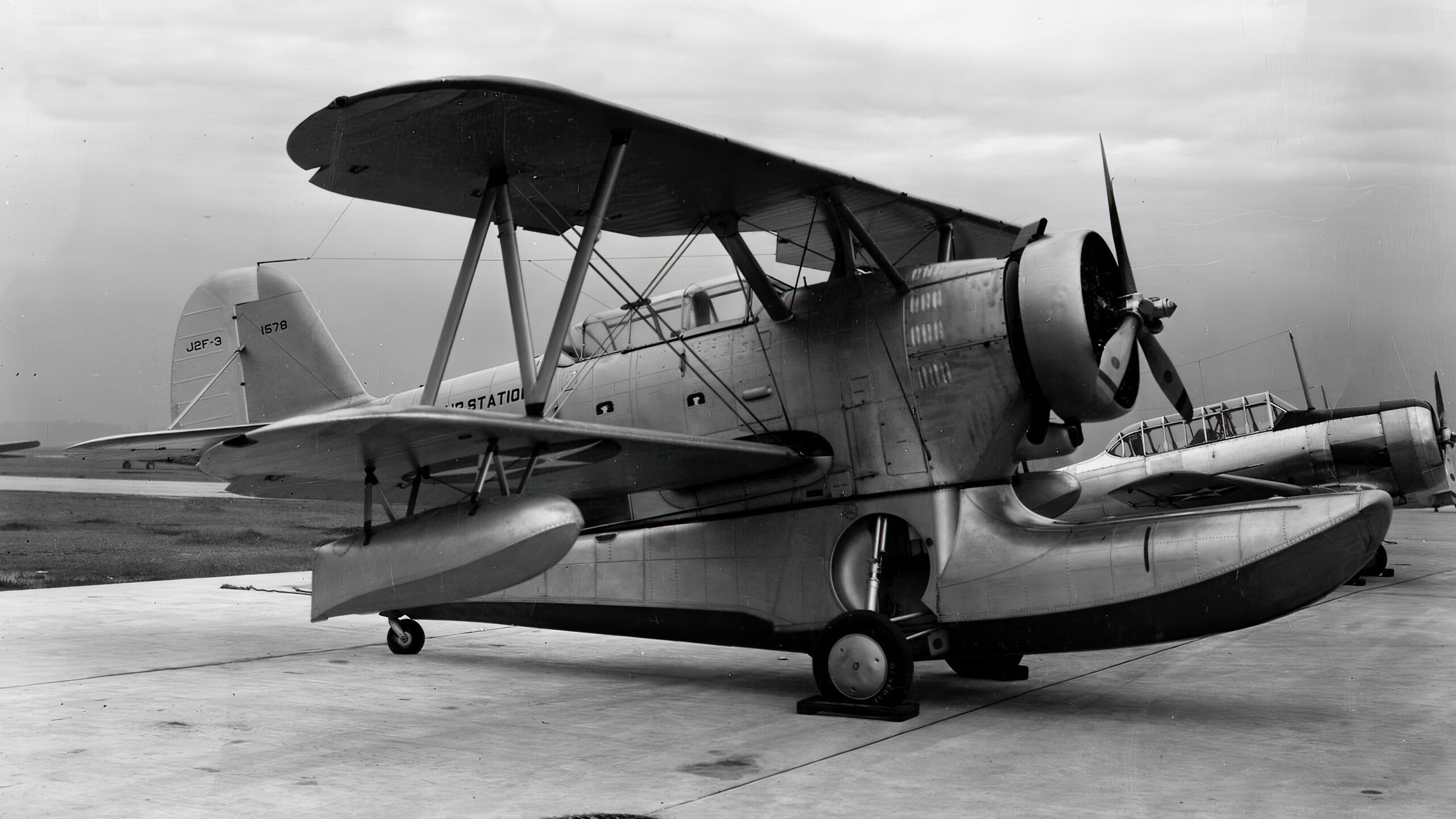
Development
In the early 1930s, the U.S. military recognized the need for an amphibious aircraft, giving rise to the development of the Grumman J2F Duck. Grumman, a leading aviation company, answered the call by introducing the first J2F Duck in 1936. The aircraft quickly caught attention with its distinctive design and adaptability, paving the way for further enhancements and modifications over the years.
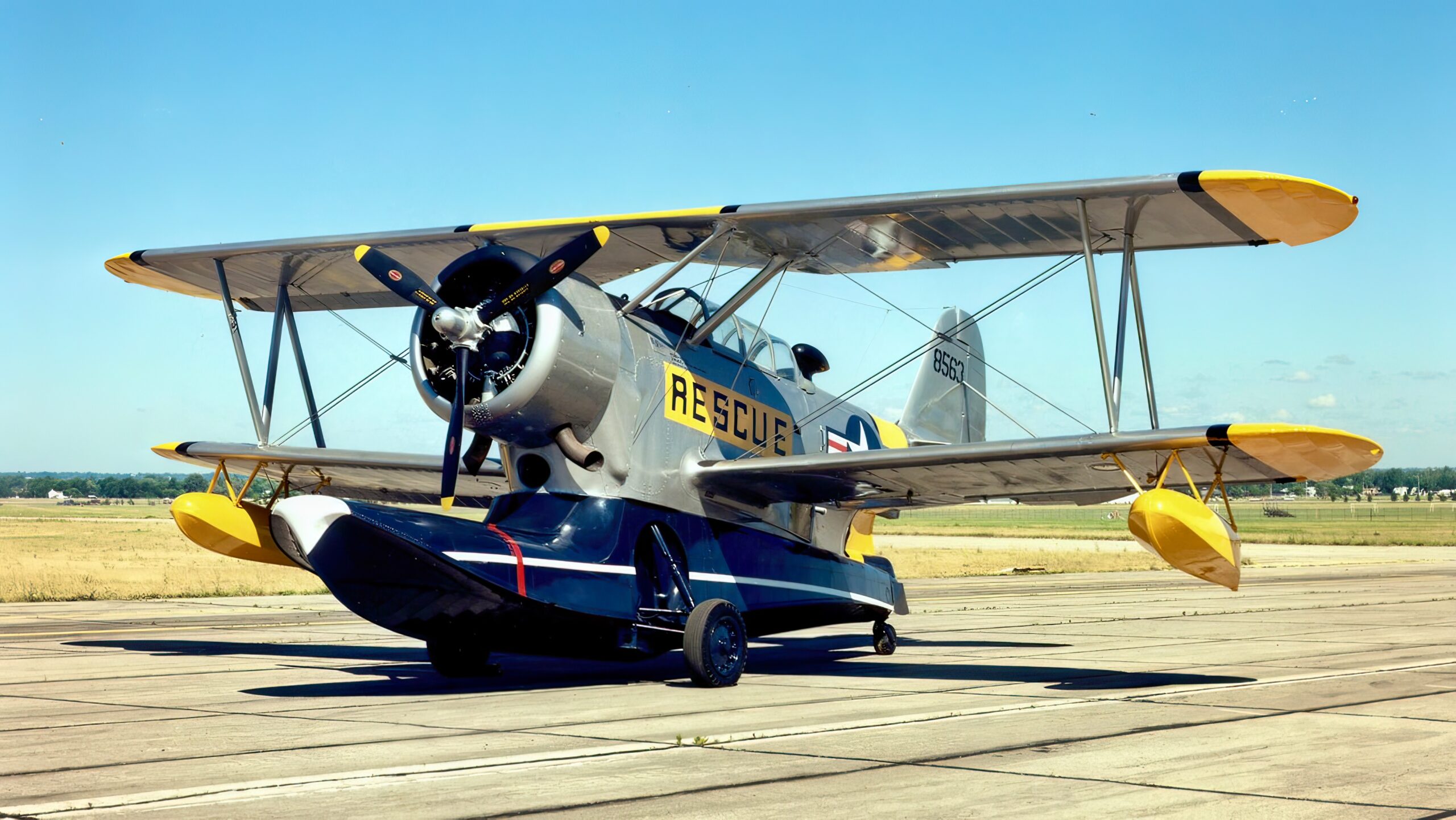
The Engine
The J2F Duck was powered by the Wright R-1820 Cyclone 9 radial engine, which was a reliable powerhouse with 950 horsepower. This engine was well-suited for the aircraft, giving it the ability to perform various functions with vigor and stability.
During World War II, the engine underwent significant enhancements to adapt to the escalating demands of the war. Engineers fine-tuned it to ensure that it could continue to fulfill its multiple roles efficiently, whether in rescue operations or combat situations.
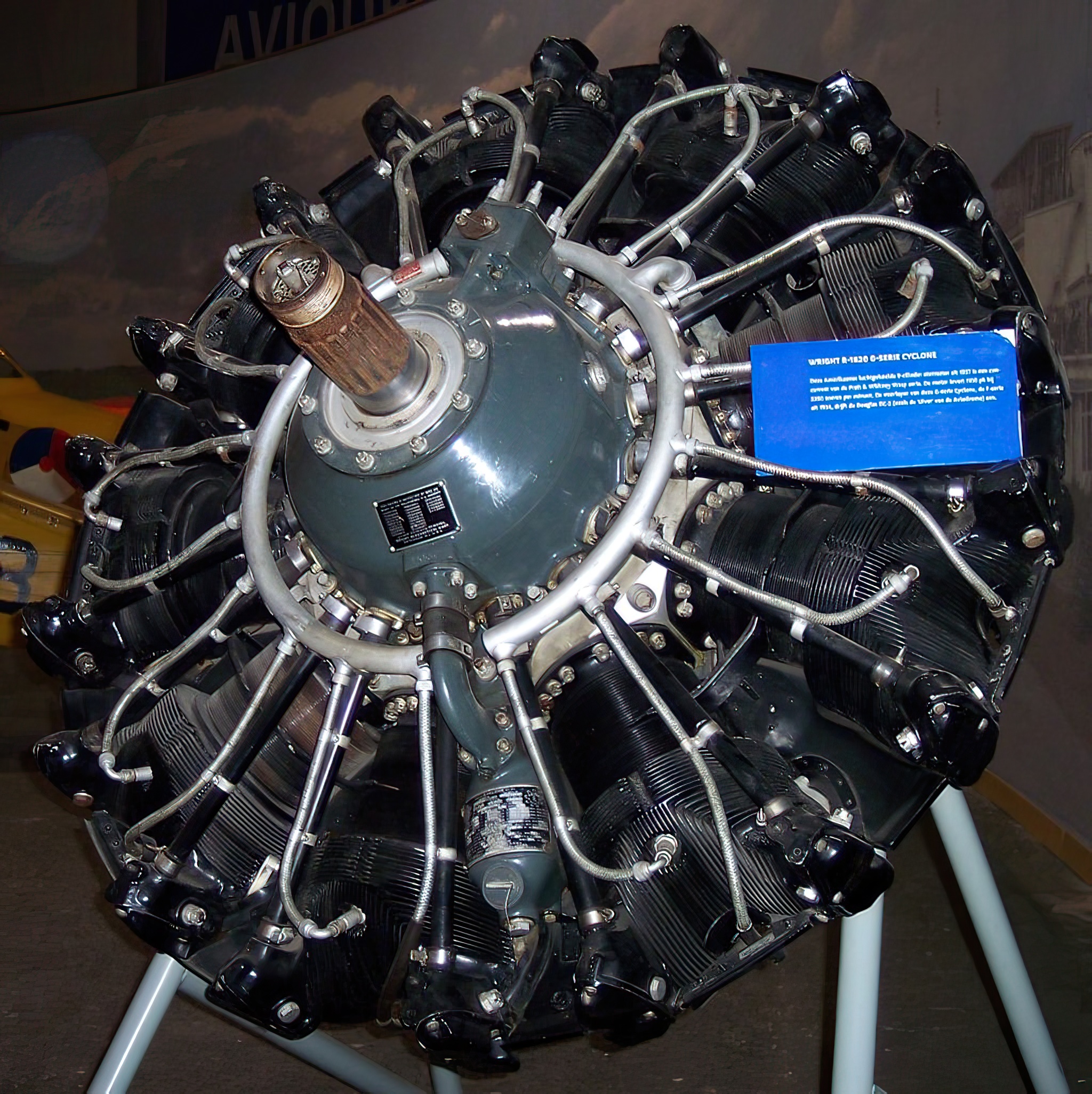
The Landing Gear
What set the J2F Duck apart from many aircraft of its time was its unique landing gear system, enabling it to land both on water and solid ground. The retractable main landing gear and small stabilizing floats made it a master of water landings.
When transitioning to land, the Duck’s robust main wheels provided the necessary support for smooth operations. This dual capability not only showcased the technical prowess of Grumman’s designers but also made the J2F Duck an invaluable asset during wartime.
Soaring Through Skies
Flying the J2F Duck was known to be an enjoyable experience for pilots. With a maximum speed of 190 mph and a range of 780 miles, the aircraft allowed for responsive and agile flight. Its controls were well-tuned, providing pilots with precise handling and maneuvering capabilities.
These performance characteristics not only made the Duck a versatile asset but also a beloved machine among those who had the opportunity to fly it. Its agility and speed were vital factors in its success across various missions.
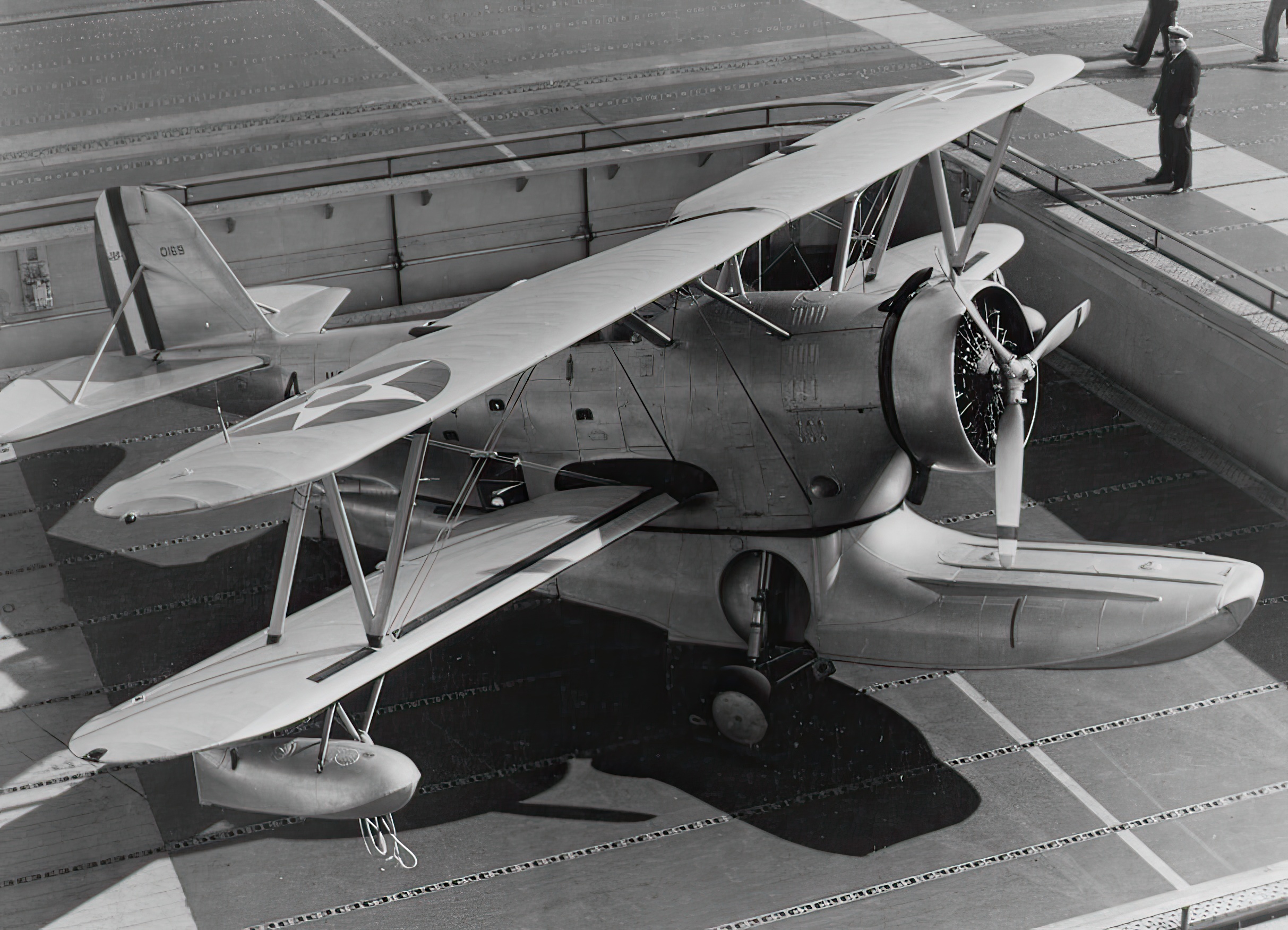
Contribution to the War Effort
The Duck’s contribution to World War II was multifaceted. It played a crucial role in search and rescue operations, saving lives across various theaters of war. Its adaptability further enabled it to carry out cargo transport, personnel movement, and even anti submarine warfare.
Its wartime service painted a picture of an aircraft that was much more than a mechanical marvel. It became a symbol of ingenuity, resilience, and unwavering commitment to the cause.

Surviving Airframes
Today, the legacy of the J2F Duck lives on through several surviving airframes. Some have been lovingly restored to flying conditions, while others stand proudly as museum pieces. These preserved Ducks continue to be a source of inspiration and a tangible connection to a bygone era.
Organizations like the Military Aviation Museum in Virginia Beach have committed to keeping this incredible story alive, providing future generations with a glimpse into the technological triumphs and human spirit of the past.
The Grumman J2F Duck’s remarkable journey from a developmental concept to a war hero is a testament to innovation and adaptability. Its unique landing capabilities, powerful performance, and honorable service in war make it an enduring symbol of engineering excellence and bravery. Whether on display in a museum or gracing the skies once again, the Duck’s wings continue to inspire.
